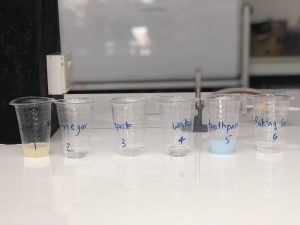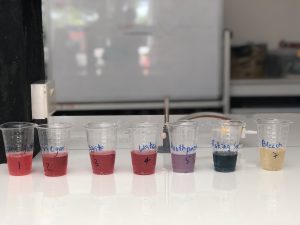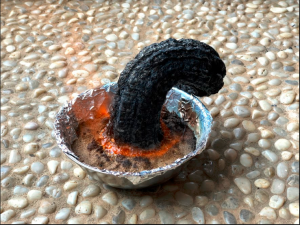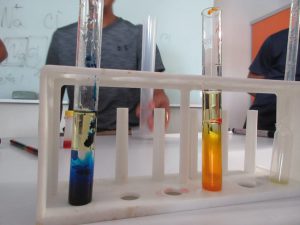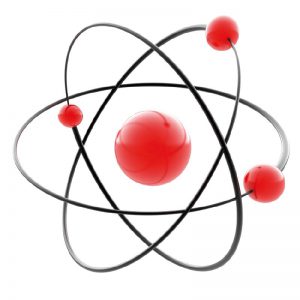What is the fundamental processes that supports the energy for all living organisms? Why are trees so essential for life on earth? How do those trees make food for themselves? How do humans get our oxygen? Where does it come from and how was it made?
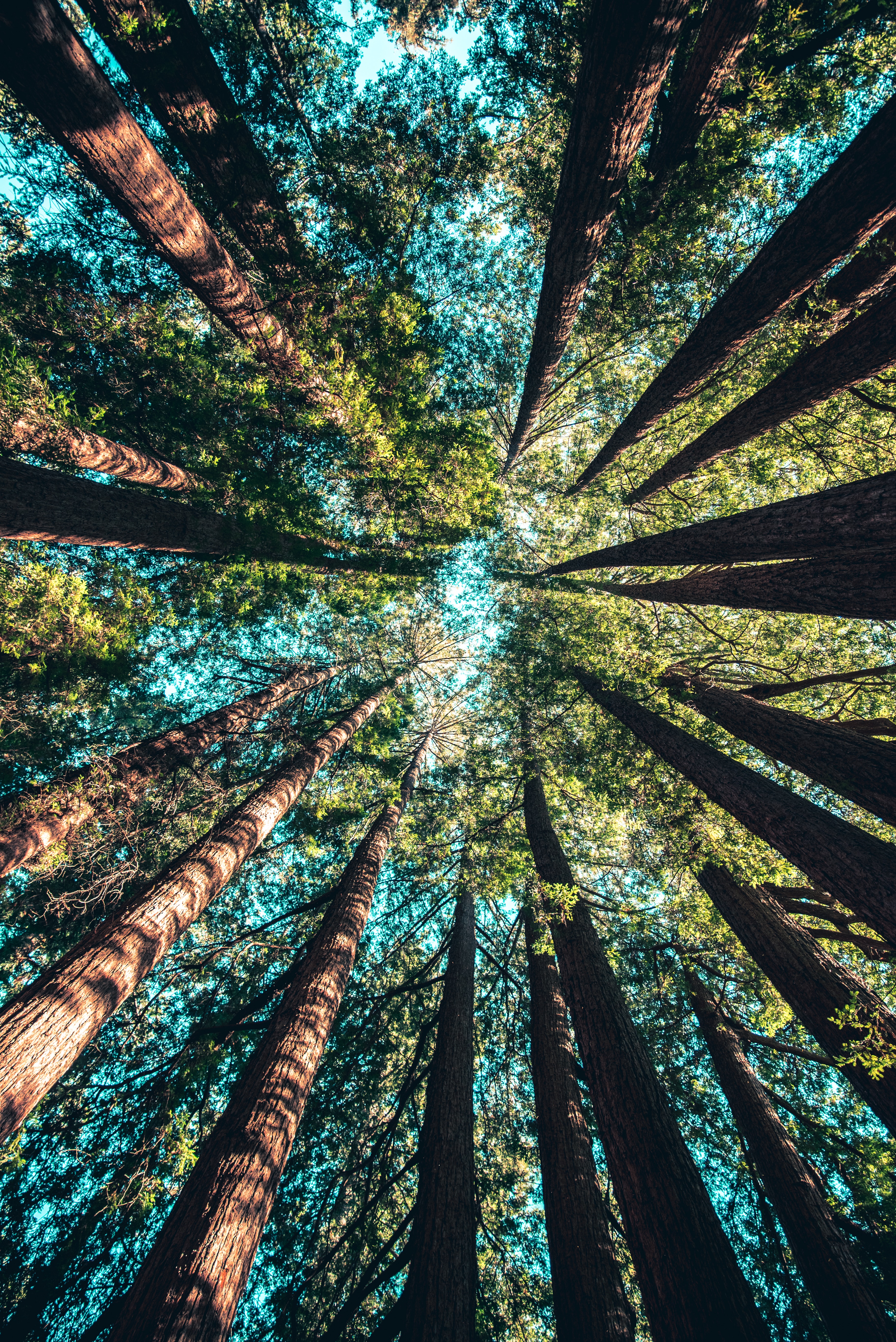
In biology class, we explore the answer to these questions: Photosynthesis.
All living organisms need energy; and glucose is the main source of energy for plants, animals and humans. Glucose is produced in a complex process that requires light energy from the sun and water from the ground which is called Photosynthesis. This is the method that plants, as autotrophs, use to create their own energy to support other heterotrophs. Photosynthesis is a fundamental process for life, as it provides organisms with oxygen that they need and recycle the carbon that we produce. That is why plants are so essential for sustaining the entire ecosystem on this planet. Not only they are producers of energy, trees and plants also help to extract the carbon out of the air; which therefore can immensely help to improve our climate conditions in an era where it is the main threat to the survival of all species.
Let’s dive deeper into how photosynthesis function in the leaves of plants.
There are two stages of photosynthesis: the Light Reactions and the Calvin Cycle.
- Light Reactions is the first stage that takes place in the chloroplast (that contains thylakoids which are packages of the green pigment, chlorophyll that helps to absorb the light energy). In this stage, plants will absorb the light energy and transfer them into two types of energy forms called ATP and NADPH. The Light Reactions is when the plants use water and release oxygen as a byproduct.
- Calvin Cycle is the second stage that takes place in the stroma (liquid like area in the chloroplast). This stage is when the plants use the carbon dioxide that they absorb from the atmosphere to create glucose (a form of sugar that is the main source of energy for plants, animals and humans) by using the energy absorbed during Light Reactions.

Through these complex steps that takes place in the leaves of three trillions trees on this planet, humans, animals and other consumers are able to get the glucose that they need and the waste of our respiration (Carbon Dioxide) can be recycled over and over again.
Without trees, living organisms would not have the energy source that we need and the climate crisis would threaten the survival of all species on Earth. That is why trees are so valuable for all living organisms on this planet.


